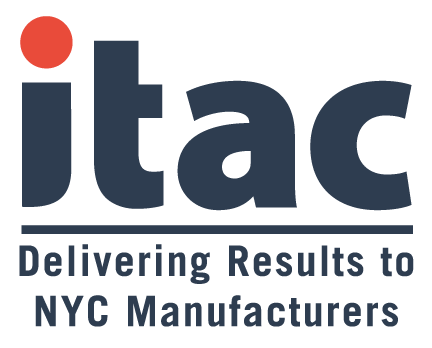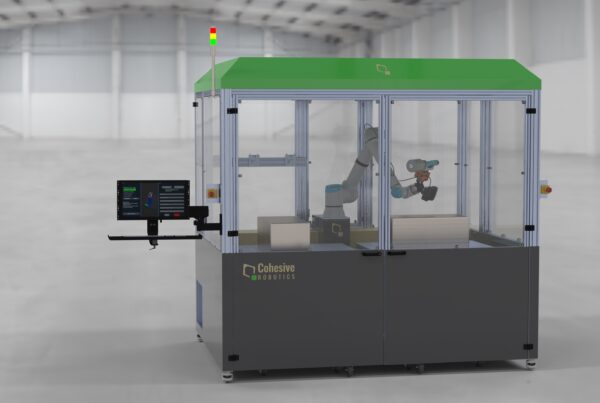As the world becomes increasingly connected, we are beyond automation and machine learning being disruptors; they are becoming table-stakes technology. On paper, manufacturers across the globe should be transforming old factories and outfitting them for the future of production. But the reality is that converting old factory operations into truly smart factories presents many challenges that can slow down manufacturers’ ability to turn the concept of a digital factory into an operational reality.
At TE Connectivity, a manufacturer of sensors and connectors, we have made significant progress toward digital transformation. Being technology-driven, we realized the value and virtuous cycle being well-positioned for the new realities Industry 4.0 could create by enabling increased efficiencies through a more connected factory environment. However, TE quickly learned that there’s no “magic bullet” to utilize in the journey toward going digital. In other words, what might work in one area, might not work for the next. Often, the processes and regulations are different between geographies and sometimes even from line to line in the same plant, requiring a bespoke approach and custom proof of concepts for each different project.
TE’s initial focus has been on creating new connections between manufacturing and IT, and enabling value throughout its business—primarily by gaining access to, and then operationalizing, data that was not previously available. A crucial part of TE’s transformation journey was developing the digital transformation skills, leadership, and overall mindset required to move its strategy forward. There was a degree of uncertainty connected with doing something new, particularly around the lack of clarity related to the economic benefits of going digital, so a new approach was needed to help build confidence.
Starting with pilots, to help get this clarity before rolling out larger efforts on a significant scale helped gain traction in developing a digital culture at TE, building tolerance regarding potential failures and establishing measures to ensure any missteps served as learning opportunities. With 8,000 engineers on our team, TE knows that encountering a few bumps on the road is par for the course with innovation, learning, and culture transformation. As a result of our own experiences, TE has identified a number of best practices for manufacturers looking to embark on their own digital transformation journey.
1. Create use cases that clearly demonstrate opportunities to drive business impact
As a first step, having solid use cases in place can help demonstrate opportunities to save money, gain flexibility through reduced changeover time, and improve overall performance through predictive maintenance, among other advantages. As TE started its rollout of improvements internally, it put forth several such pilots. Many of these resulted in use cases demonstrating enough added value to gain the internal support necessary to make larger changes across the business. The pilots tested proof of concepts to figure out whether implementing a digital solution would bring about the anticipated value, whether it’s cost savings or a boost in efficiency.
With multiple digital factory tools available, the choice of which to implement and in what order will depend on each site’s specific requirements. Each site will have different challenges and priorities, which need to be addressed with different tools. A solution that worked in one area won’t necessarily yield the same results in another. In some cases, the money and effort to connect a machine may even outweigh the anticipated benefits. The bottom line is that using small-scale pilots as a foundation is beneficial for determining specific inefficiencies and challenges when implementing customized solutions.
2. Start with existing offerings and add connectivity to what’s already there
Once the use cases were determined, the next major step was to identify opportunities for improvement and establish what was needed to enable near real-time data-driven decision-making in the product environment. Whether adding sensors, or processes for aggregating, this can help prevent unnecessary costs as well as efforts to reinvent the wheel. Likewise, manufacturers at the beginning of their digital transformation journey should focus on identifying the high-value-add products and processes that will provide the greatest efficiencies and highest return on investment.
3. Ensure you have a data architecture that can support your IoT vision
Another crucial factor for manufacturers to consider is ensuring they have the data architecture to support their IoT vision, customized according to latency, safety and security requirements. For TE, it was a combination of edge, fog and cloud computing solutions, enabling data to be quickly processed at the edge, or be sent to an MES (Manufacturing Execution System) or central server system, or which could pipe the data directly to the cloud for storage and processing to enable updates over time.
4. Build an ecosystem of partners
Implementing new connected technologies and processes requires complex integrations and an ecosystem of partners. No single company can supply all the equipment needed for a complete digital transformation solution. There are simply too many specialties involved. The easiest way to overcome this is to identify partners and then work with them to define, enable, and support any remaining pieces. By working closely with the right partner, companies can optimize internal costs related to digital production, and leverage the unique knowledge the partner has gained, developed, and advanced from previous digital transformation initiatives.
5. Be flexible, but focused
Connecting machines and visualizing and analyzing the data can be like lowering the water level in a river and exposing proverbial rocks and obstacles. As awareness of what was once hidden increases, navigation becomes critical; action and course corrections become imperative. Large, unavoidable ‘rocks’ – like machine utilization, run time, wait times, and repair times – are no longer hidden by the ‘water’ (i.e. manually calculated efficiency metrics, or older standards). Remaining flexible enough to course correct when needed while staying focused on your overall digital transformation goals will ultimately pay off. Because of its early transformation efforts, TE is already reaping the benefits, including shorter lead times, lower production costs and a reduction in the amount of scrap.
The insight is from IndustryWeek.com. You can read the full article by clicking here.






